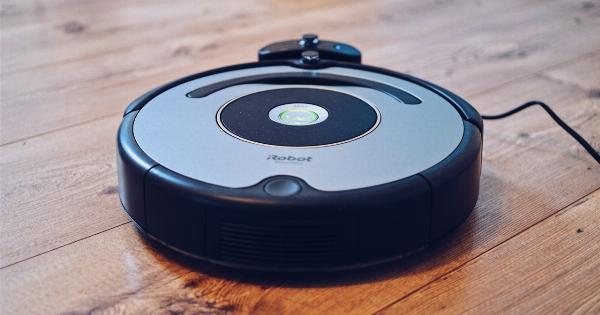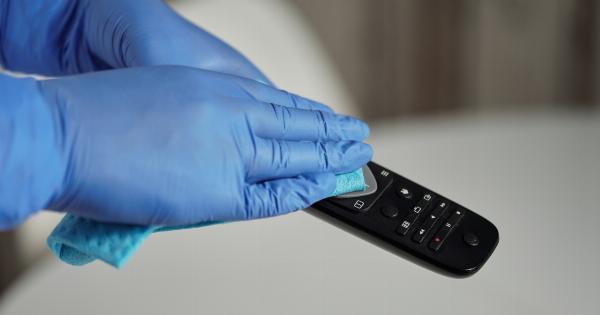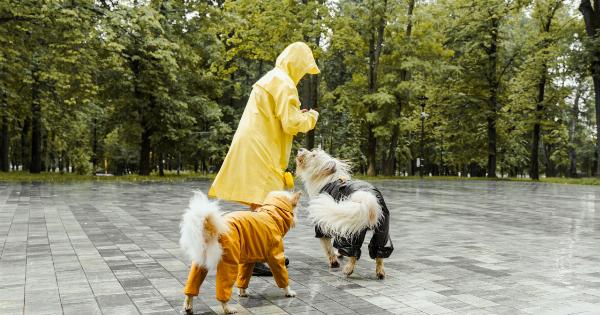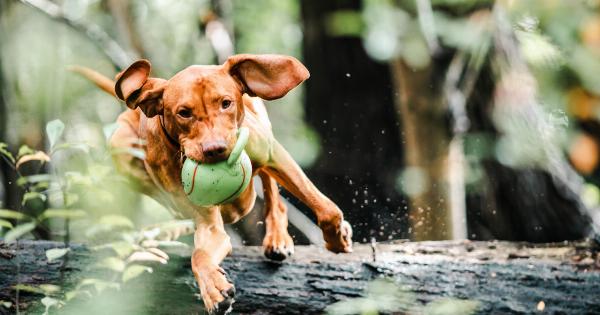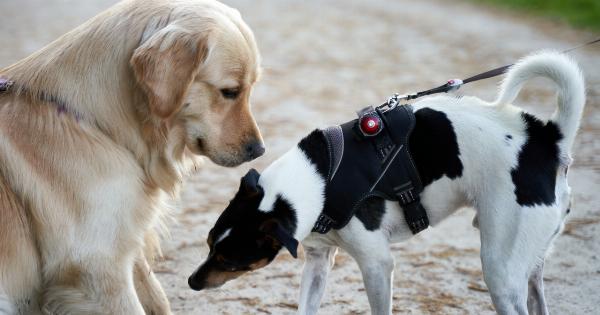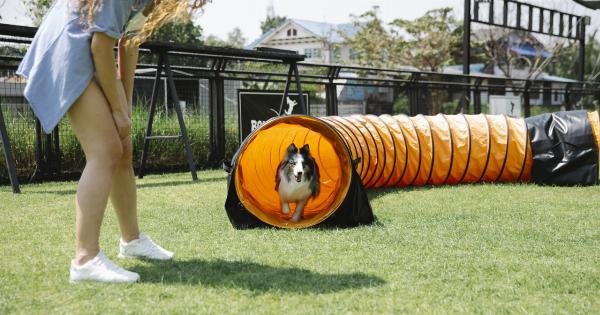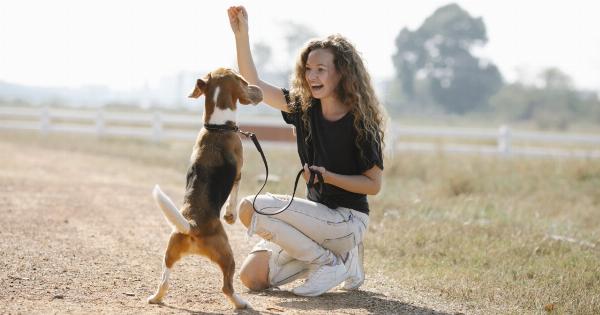Dogs need physical exercise to remain healthy, but mental stimulation is also crucial for keeping them happy and engaged. Without mental stimulation, dogs can become bored and prone to destructive behaviors like chewing and digging.
In this article, we will explore various mental exercises that you can incorporate into your dog’s routine to keep them mentally agile and active.
1. Puzzle Toys
Puzzle toys are perfect for keeping your dog’s brain active while providing them with a reward. Puzzle toys come in various shapes and sizes, and they are generally designed to have a treat hidden inside.
As your dog works to remove the treat from the toy, they engage their minds and problem-solving skills. Puzzle toys are available in many types, including treat-dispensing balls, interactive puzzles, and feeding puzzles.
2. Hide-and-Seek
Hide-and-seek is another fun way to engage your dog’s brain. Hide-and-seek is a game that involves hiding your dog’s favorite toy or treats and encouraging them to find it.
By starting with an easy game and then increasing the difficulty level gradually, you can make hide-and-seek a fun activity for your dog. Not only does hide-and-seek stimulate your dog’s brain, but it also helps improve their tracking and scenting abilities.
3. Repetitive Training
Repetitive training can help strengthen the bond between you and your dog. Repetitive training involves teaching your dog to perform a single task repeatedly until it becomes second nature.
This could be something as simple as teaching your dog to sit or roll over or something more complicated. Repetitive training helps your dog develop a routine, which can be beneficial for dogs that are prone to anxiety. It also helps your dog stay mentally active while providing them with the satisfaction of learning something new.
4. Scent Work
Scent work involves teaching your dog to use their sense of smell to identify scents. This type of mental exercise is beneficial for dogs that enjoy using their nose, including working breeds like German Shepherds and Bloodhounds.
You can start by hiding treats or objects with a strong scent and encouraging your dog to find them. As your dog becomes more skilled at scent work, you can increase the difficulty level by using various scents and hiding the objects in more challenging locations.
5. Agility Training
Agility training involves teaching your dog to navigate through a challenging obstacle course. Agility training is a great way to give your dog both physical and mental exercise. It also helps improve your dog’s coordination and balance.
Agility training is a fantastic way to spend time with your dog while developing their cognitive abilities.
6. Clicker Training
Clicker training is a positive reinforcement training technique that involves using a clicker to train your dog. The clicker works as a signal to your dog that they have done something right, and they will receive a reward.
Clicker training is a fantastic way to train your dog in various tricks and behaviors while keeping them mentally stimulated.
7. Obedience Training
Obedience training is a vital aspect of your dog’s mental and emotional well-being. Obedience training involves teaching your dog basic manners and commands like sit, stay, come, and down.
Obedience training is a critical aspect of owning a dog as it helps to establish a clear social hierarchy between you and your dog. It also provides your dog with a sense of satisfaction and fulfillment as they learn new skills.
8. Fetch Training
Fetch is a game that most dogs enjoy, making it a perfect mental activity. Fetch training involves teaching your dog to fetch and return objects like balls, toys, or sticks.
Fetch training not only improves your dog’s cognitive abilities, but it also helps to improve their physical abilities.
9. Socialization
Socialization is a vital part of your dog’s cognitive health. Socialization involves teaching your dog how to interact appropriately with other dogs and humans.
Socialization also helps your dog feel more comfortable in different situations and environments. By socializing your dog, you are providing them with mental and emotional stimulation while teaching them how to behave appropriately in various scenarios.
10. Teaching New Tricks and Behaviors
Teaching your dog new tricks and behaviors is an excellent way to keep their minds active. Learning new tricks and behaviors provides your dog with a sense of accomplishment and makes them feel more fulfilled.
It also strengthens your relationship with your dog and provides them with an opportunity to learn new skills. Learning new tricks and behaviors is also a fun and engaging way to spend time with your dog.
Conclusion
Mental exercises are essential for keeping your dog both healthy and happy. By incorporating the mental exercises listed above into your dog’s routine, you can provide them with the stimulation they need to remain mentally agile and stimulated.
Dogs that engage in mental activities are much less likely to become bored and destructive, making them much more pleasant to be around. By keeping your dog mentally stimulated, you can improve your relationship with your dog and provide them with a better quality of life.
